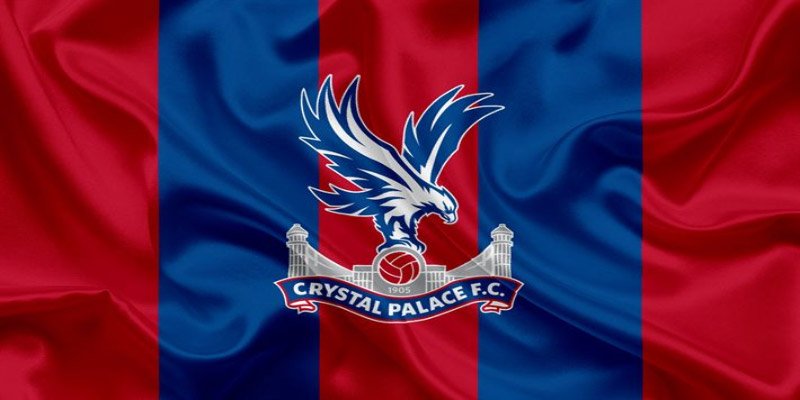Crystal Palace FC, based in Selhurst, South London, is a historic club with a passionate fanbase and iconic red-and-blue colors. Since its founding in 1905, the club has seen thrilling promotions to the Premier League and tough relegation battles. With a rich legacy in English football, Crystal Palace continues to leave its mark. Explore their journey and impact on the game with j88lk.com
The Foundations of Crystal Palace FC
The origins of Crystal Palace FC date back to the early 20th century when the club was established at the Crystal Palace Exhibition building. The founders aimed to create a football team that would represent the local area and engage the community in the sport.
Early Days and Formation
Founded in 1905, Crystal Palace FC was initially formed to play at the Crystal Palace Exhibition Centre, which was constructed in the mid-19th century. The choice of name paid homage to the iconic structure that dominated the area, symbolizing innovation and progress.
The club’s first competitive match took place in September 1905, marking the beginning of a journey that would see them navigate through various leagues. Their early years saw the team competing in non-league competitions before ultimately moving up to join the Football League in 1920.
In its formative years, Crystal Palace FC struggled to establish itself in the competitive landscape of English football. However, this period also laid the groundwork for the club’s future successes, providing a foundation upon which to build.
Establishing Identity and Community Engagement
As Crystal Palace FC grew, so did its identity within the community. The team’s colors — red and blue — became synonymous with pride among fans, who began to rally around the club as a representation of their local spirit.
Community engagement played an essential role in the club’s development during these early days. Local supporters were integral to the club’s survival, often attending matches week after week, regardless of the team’s position in the league standings.
Additionally, the club became a focal point for local events and initiatives. By reaching out to schools and community organizations, Crystal Palace FC fostered a strong connection with the neighborhood, cultivating a dedicated fanbase that remains loyal to this day.
Achievements in the Interwar Years
The interwar years represented a significant turning point for Crystal Palace FC as the club began to find its footing within the Football League. The team experienced a mix of ups and downs, including relegation and promotion, but overall, it started establishing itself as a formidable contender.
One of the club’s highlights during this era came in the 1920s when they made important strides in the Second Division. After securing promotion in 1924, Crystal Palace FC continued to build on this success, which culminated in their first-ever trip to Wembley Stadium in the 1926 FA Cup Final.
Although they lost to Cardiff City, the experience solidified the club’s ambition to compete at the highest level of English football. The match provided valuable exposure, and the players returned to the drawing board, determined to improve and make their mark.
Rising to Prominence: The Post-War Era
The aftermath of World War II marked a new chapter in Crystal Palace FC’s history, as the club sought to re-establish itself in the national football scene. The emergence of new talent and innovative strategies helped shape the trajectory of the club during this transformative period.
Emergence of New Talent
Following the war, many clubs faced challenges in rebuilding their squads due to the loss of players and resources. However, Crystal Palace FC capitalized on the opportunity to recruit young talents, focusing on developing homegrown players.
This emphasis on youth development laid the groundwork for the club’s future successes. By nurturing local talent, Crystal Palace FC not only strengthened its squad but also deepened its ties with the community. Fans took pride in seeing local boys donning the club’s colors, fostering a sense of belonging and loyalty.
Some standout players emerged during this period, captivating fans with their skill and determination. Notable names from this era include Johnny Byrne and Albert “Albie” Jones, who left an indelible mark on the club’s history. Their contributions helped elevate the team’s performance and solidify its place in the hearts of supporters.
Key Moments Shaping the Club
The post-war years were filled with dramatic highs and lows, but certain key moments stand out in the club’s history. One such moment was the arrival of manager Arthur Rowe in the early 1950s, who implemented the “push-and-run” style of play that captivated fans.
Under Rowe’s guidance, Crystal Palace FC enjoyed a successful run, including winning the Second Division title in 1961. This achievement paved the way for a new era of competition in the First Division, where the club could showcase its talents against some of the greatest teams in England.
However, the club’s fortunes soon fluctuated, experiencing relegation in the subsequent years. Despite facing adversity, the tenacity displayed by the players ensured that the team remained a force to be reckoned with.


